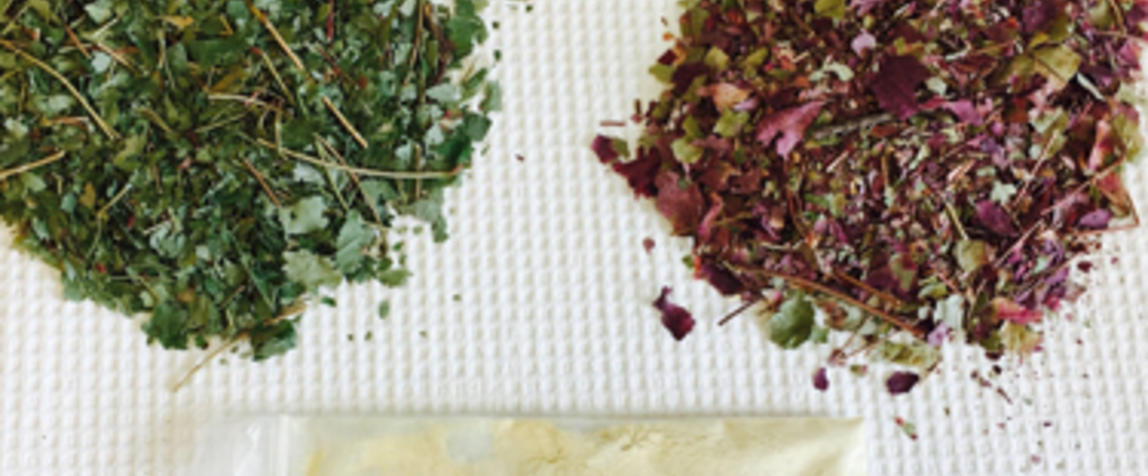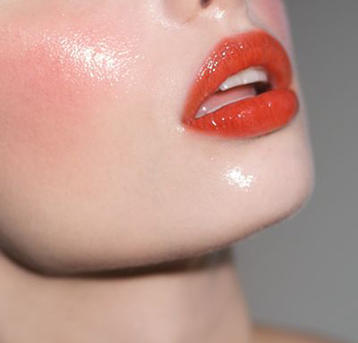According to Phys.org, a new study presented at the 256th National Meeting & Exposition of the American Chemical Society (ACS) has suggested maple leaf extract could be the plant-based solution to wrinkles.
Skin loses its elasticity when the elastase enzyme breaks down elastin proteins, resulting in wrinkles. Scientists have discovered that maple leaves contain a phenolic compound, which is known as glucitol-core and contains gallotannins (GCGs) that can prevent elastase activity when applied to the skin.
To test the idea, researchers from the University of Rhode Island studied the GCGs via test tube. Apart from their blocking ability, they found these compounds could potentially lighten pigmentation and protect the complexion from inflammation.
“You could imagine that these extracts might tighten up human skin like a plant-based Botox, though they would be a topical application, not an injected toxin,” said University of Rhode Island’s lead investigator, Navindra Seeram, Ph.D. “And the fact that the extracts are derived from trees would be appreciated by consumers who are looking for natural, plant-based ingredients in their skincare products.”
Seeram and his researchers plan to do further testing, with them already taking steps to implement the extracts into products. They have developed a proprietary patent-pending formulation of GCGs from maple sap and summer and fall maple leaves, licensing the formulation to an Indiana-based botanical extracts supplier. They hope to eventually find a market in the cosmetics sector, or even in dietary supplements.
Image courtesy of: phys.org




